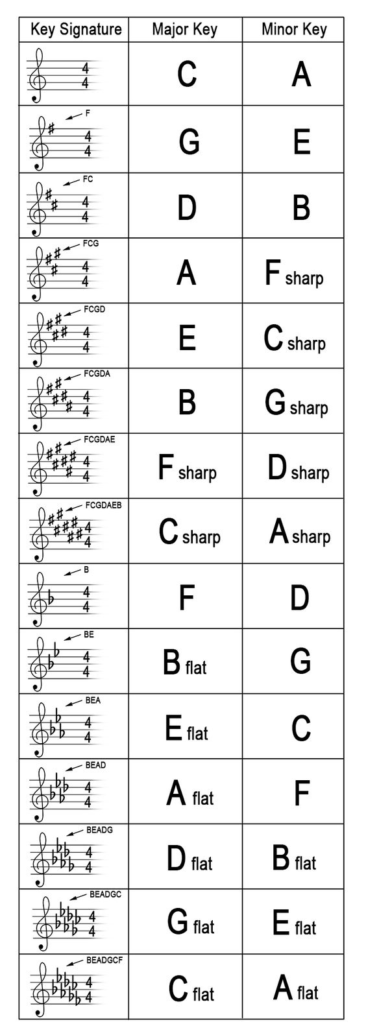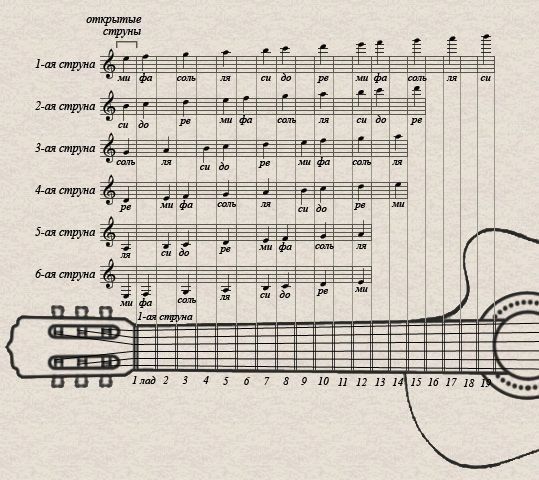As guitarists progress beyond the basics, delving into advanced music theory concepts can unlock new creative possibilities and deepen their understanding of music. Concepts like chord substitution and harmonic analysis provide powerful tools for crafting sophisticated chord progressions, improvising more effectively, and analyzing complex pieces of music. This blog post will guide you through these advanced music theory topics, offering practical insights and examples tailored for guitarists.




1. Chord Substitution
Overview:
Chord substitution involves replacing a chord within a progression with another chord that has a similar harmonic function. This technique can add harmonic interest, variety, and complexity to your music. There are several types of chord substitutions, including diatonic, secondary dominants, and tritone substitutions.


Types of Chord Substitution:
1. Diatonic Substitution:
Diatonic substitution involves replacing a chord with another chord from the same key that has a similar function.
- Example: In the key of C major, the ii (Dm) chord can often substitute for the IV (F) chord because both share similar notes.
Original Progression: C - F - G - C
Substituted Progression: C - Dm - G - C2. Secondary Dominants:
Secondary dominants are chords that act as temporary dominants to chords other than the tonic. They add a sense of tension and resolution to the progression.
- Example: In the key of C major, the V7 of the V chord (D7) can be used as a secondary dominant leading to G.
Original Progression: C - G - C
Substituted Progression: C - D7 - G - C3. Tritone Substitution:
Tritone substitution involves replacing a dominant chord with another dominant chord a tritone away. This creates a smooth voice leading due to the shared tritone interval.
- Example: In the key of C major, G7 can be substituted with Db7.
Original Progression: C - G7 - C
Substituted Progression: C - Db7 - CPractice Tips:
- Identify Functional Chords: Understand the functional roles of chords in a progression (tonic, dominant, subdominant) to identify possible substitutions.
- Experiment with Substitutions: Try substituting different chords within a progression and listen to how the substitutions affect the harmony.
- Analyze Songs: Look at chord progressions in songs you enjoy and identify any substitutions used by the composer.
2. Harmonic Analysis
Overview:
Harmonic analysis involves examining the chords and their functions within a piece of music. This process helps musicians understand the underlying structure of a song, aiding in learning, improvisation, and composition.
Steps for Harmonic Analysis:
1. Identify the Key:
Determine the key of the piece by looking at the key signature and the tonic (home) chord.
2. Label Chords with Roman Numerals:
Assign Roman numerals to each chord based on their position within the key. Uppercase numerals represent major chords, while lowercase numerals represent minor chords.
- Example: In the key of C major:
C - I
Dm - ii
Em - iii
F - IV
G - V
Am - vi
Bdim - vii°3. Determine Chord Functions:
Analyze the function of each chord within the progression (tonic, dominant, subdominant, etc.).
- Example Progression Analysis:
Progression: C - Am - Dm - G
Analysis: I - vi - ii - V4. Identify Cadences:
Look for cadences, which are harmonic progressions that signal the end of a phrase. Common cadences include:
- Perfect (Authentic) Cadence: V – I
- Plagal Cadence: IV – I
- Half Cadence: Ends on V
- Deceptive Cadence: V – vi
Application Example:
- Harmonic Analysis of “Let It Be” by The Beatles:
Progression: C - G - Am - F - C - G - F - C
Analysis: I - V - vi - IV - I - V - IV - IPractice Tips:
- Analyze Simple Songs: Start with simple songs and gradually move to more complex pieces to practice your harmonic analysis skills.
- Write Roman Numerals: Write out the Roman numeral analysis for the chord progressions of songs you play.
- Look for Patterns: Identify common chord progressions and cadences to recognize patterns in different songs.
3. Practical Applications for Guitarists
1. Improvisation:
Understanding chord substitution and harmonic analysis enhances improvisation by providing a deeper understanding of the harmonic framework. You can target chord tones, use arpeggios, and create more melodic solos.
- Example: Over a ii-V-I progression in C major (Dm7 – G7 – Cmaj7), you can substitute Dm7 with Fmaj7 (IV) and G7 with Db7 (tritone substitution) for a different sound.
2. Composition:
Incorporating advanced chord substitutions can make your compositions more interesting and harmonically rich. Experiment with different substitutions to find unique progressions.
- Example: In a song in G major, try substituting the IV (C) with the ii (Am) or the V (D) with a secondary dominant (A7).
3. Song Interpretation:
Analyzing the harmonic structure of songs helps in interpreting and arranging them. You can create more compelling arrangements by understanding the functional roles of the chords.
- Example: When arranging a cover of a song, you might use tritone substitutions or secondary dominants to give it a jazzier feel.
Conclusion
Advanced music theory concepts like chord substitution and harmonic analysis are invaluable tools for guitarists seeking to deepen their understanding and expand their musical vocabulary. By mastering these techniques, you can create more interesting chord progressions, improvise with greater confidence, and analyze complex pieces of music. Whether you’re composing, performing, or simply exploring new musical ideas, these concepts will enhance your guitar playing and broaden your creative horizons. Happy playing!




- July 5th in America: The Quiet Day After the Boom
- Who Is Vanessa Trump? Inside the Life of Donald Trump Jr.’s Former Wife
- Remembering Steve McNair 16 Years Since the Titans Legend’s Tragic Passing
- Is Guitar Center Open on 4th of July? Here’s What You Need to Know
- Unlocking Style Core Aesthetics: The New Era of Personal Fashion

